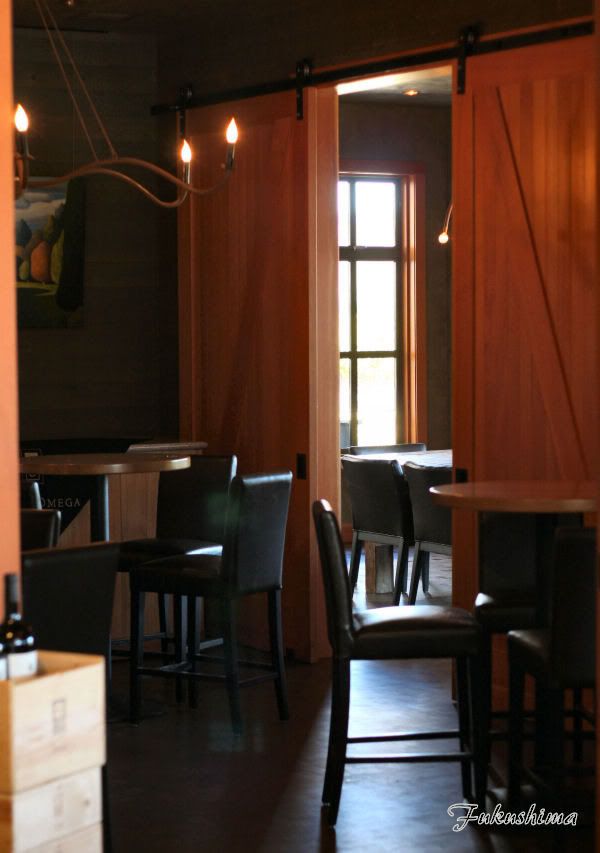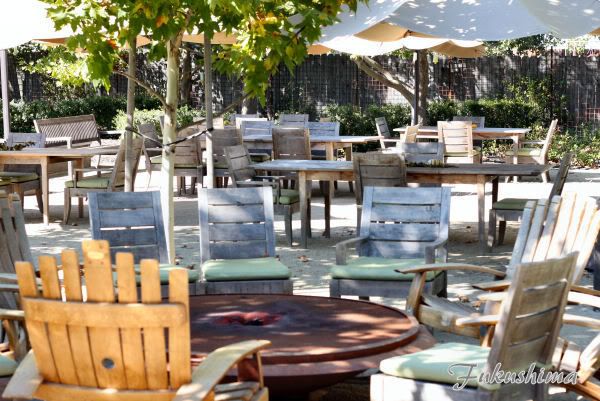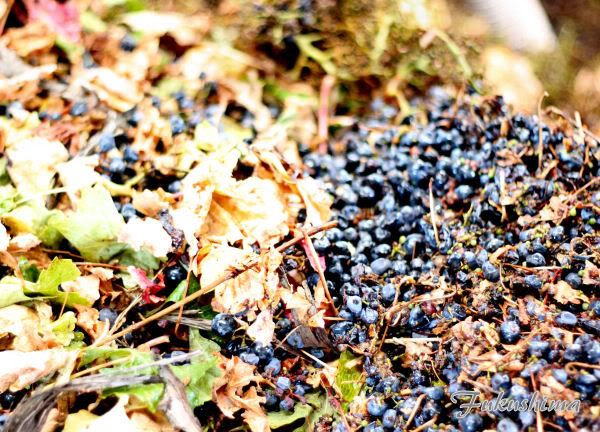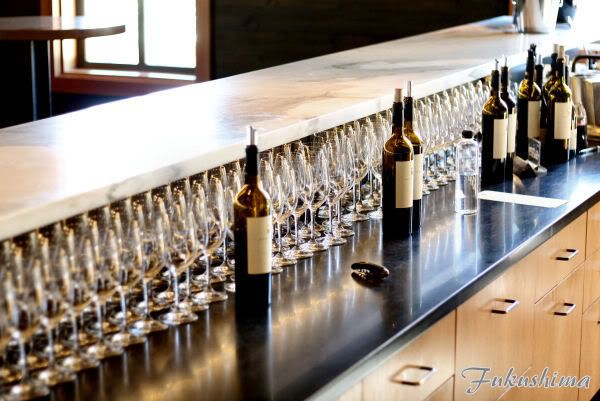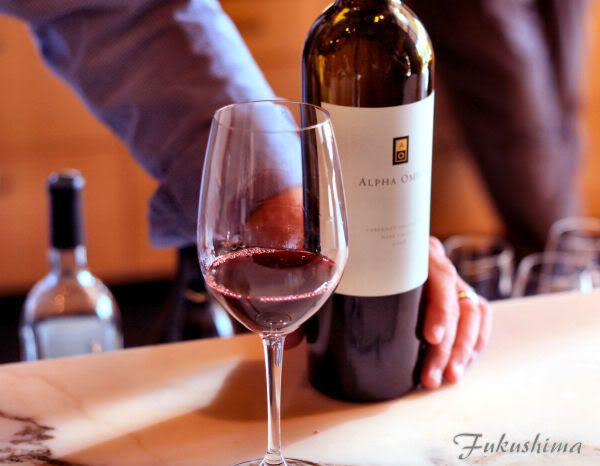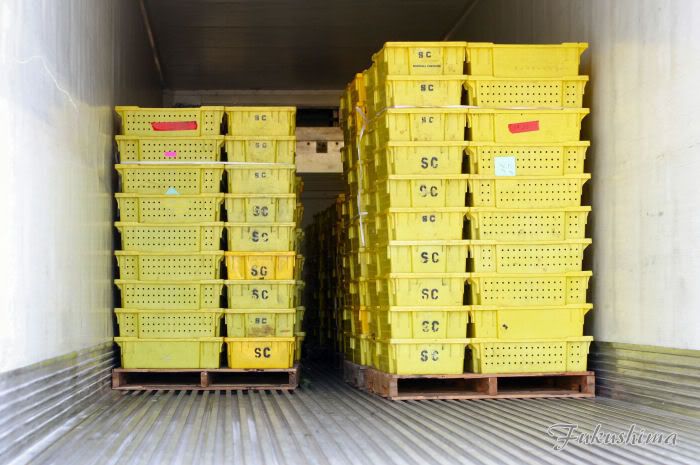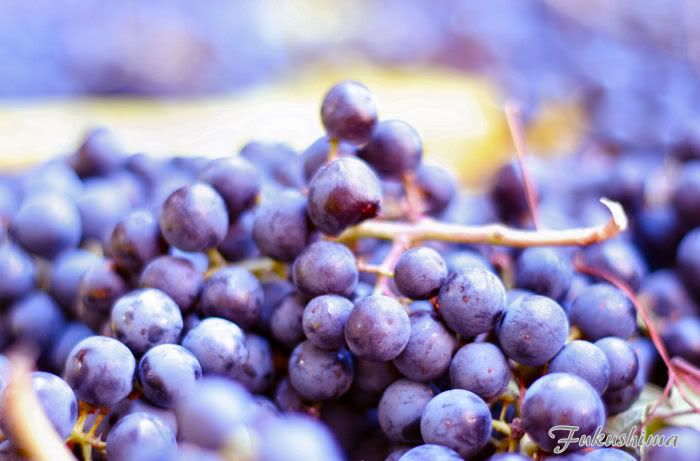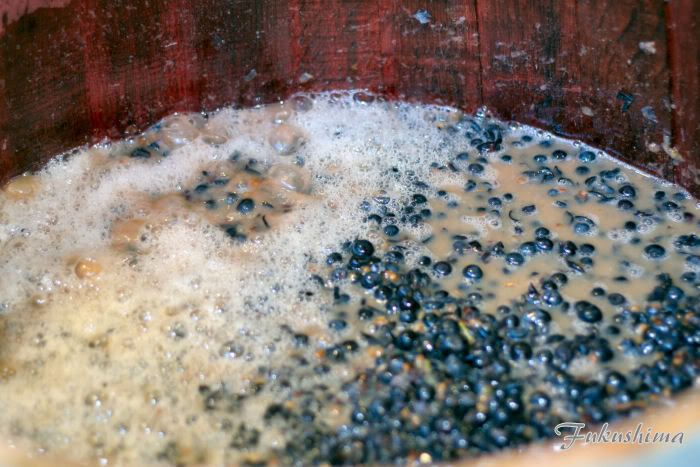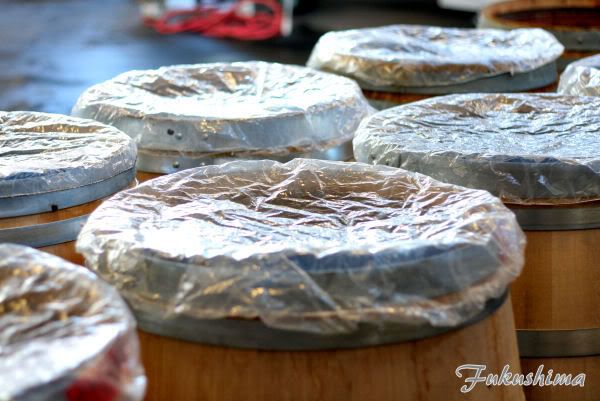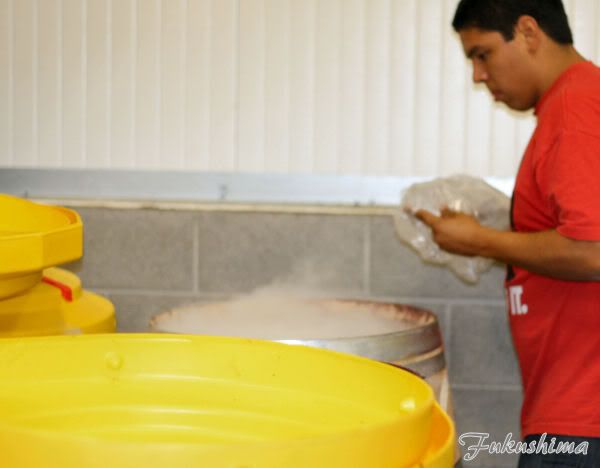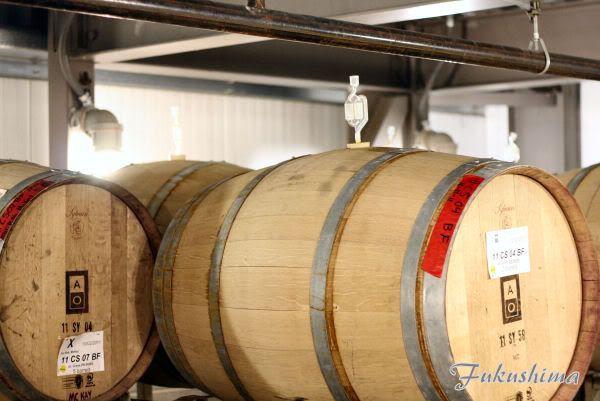I recently had the opportunity to dine at Commis, one of the most lauded restaurants in the East Bay, helmed by a young chef that has been identified as 'one to watch'. I had very interesting dining companions, it was a lovely night and I was certainly looking forward to what I expected to be an interesting fine dining experience. What we experienced was a incredible example of technique and foucs by a chef and kitchen that produced some very good food. The service was also exactly what I would hope for a casual fine dining restaurant. There were a couple of things that did fall short for me. And the meal with pairing was costly enough, that one of the flaws is glaring, the other less so for most people.
The obvious flaw, the pairings were simply uninspired to my palate. An interesting aspect of food and wine pairings is that it is possible to take a great dish, pair it with a excellent wine and end up with a poor pairing. Throughout the dinner, with the exception of the beef dish, I felt the pairings were just not well considered. I found each choice of wine to be interesting, just seemingly not a good complement to the dish it was presented with. I look for several factors in making a pairing, amongst them are acidity, texture, level of sweetness and balance of flavors. The thing I most noticed was a disjointed level of acidity in a couple of pairings, this also affects texture on the palate, as a more acidic wine can effect a lighter mouthfeel. I found this seemed to be the biggest issue for me. There were several instances where the wine just did not counterpoint the food enough.
Obviously, there is a personal preference here, as most Americans do not like acidity and minerality in their wines and perhaps most folks will like the pairings. I was excited that none of the pairings were Cabernet or Pinot.
A bigger issue for me is that I place a lot of importance on the emotional response, the intellect and wit that is a part of fine dining. When a chef really speaks to me, he satisfies more than just my interest in addressing my hunger, or my love of technqiue in the kitchen. The food satisfies a deeper emotional need and engages me at an intellectual level where wit and memory meet. It has a soul. This is where I seemed to not connect at Commis. It was like a beautiful woman (or man if that works) that can't maintain a conversation. It looks great, you admire the beauty, but, there has to be more to make for a truly interesting dialogue. Food should be like that, it should make you want more, to engage the conversation, to understand it more, I just couldn't get there with Commis. It was beautiful, stunning, delicious. But, I doubt there will be a second date.
To be fair, this is about me and my approach to food as much as it is about Commis and what the food or pairings might be for someone else. I suspect that many folks really do want delicious food beautifully presented that speaks to their hunger more than anything else. I can certainly understand that, and as I said, the kitchen and staff were excellent. I heard Ferran Adria once refer to this aspect of food as being like seeing a painting by Picasso, some are brought to tears, others just walk by. I love Picasso's paintings, for they have soul.
I have recently, by this I mean the last 10 years, really become more aware of the emotional aspect of dining and how important that role in food really is. Our food memories are so powerful and last so long, it can make an old man young. I have experienced this so rarely, in perfect realization, that it is almost 'Grail' like in it's presence. I can remember a bottle of wine that elicited in my emotional mind a profound effect, bringing me back to when I was a little boy following my dad at the flower market. It was on my 40th birthday, and it was the most profound, singular, emotional experience I had ever had at a table to that point. I remember crying in the restaurant. I could feel and smell the cold, wet concrete floor of the flower market in the minerality, the crazy mixture of flowers, spicy carnations, floral roses, musky camellias all swirling in the aroma, the old man smell redolent in the undertones of the muskiness that a great aged wine should have, even the hints acridity of smoke and tobacco, all a heady rememberance of a better time.
But, to think that food has to be rare and perfect, expensive and elite, is to mistake desire for emotion, greed for values. I remember the most important food I ever cooked, we made a New Year's feast, it would be the second to last New Year's meal my dad would eat. I remember how my dad ate, how he seemed to tear up and couldn't stop talking about the food between bites. Somehow my sister and I had hit on a few of recipes that perfectly evoked his memory of his mom's cooking. I doubt they were the same, but, they spoke emotionally to him. The food was very simple, rather poorly plated, it contained nothing fancy, but, it spoke to a very core level of emotion, it spoke to an old man of his mother's love and caring. If I never cook another decent meal, I know that we fed my dad's soul that night. This is what a great meal can be.
These experiences really changed how I view food and what a successful cook really is. The idea of creating food that transcends time and place, to evoke both visual and emotional responses, while still nourishing and feeding the body has to be the ultimate goal of any great cook. It would be ridiculous to expect a restaurant to achieve this kind of culinary challenge, but, there are levels, there can be excitement and wonder, humor and grace in how food is cooked and presented. Sadly, I just could not find that in all of the technical perfection I found at Commis.
In some ways, it speaks to a fundamental flaw in the way Foodies have framed the nature of how we eat and partake of food, of our perceptions of dining and eating. They flock to the latest and greatest, not so much out of intellectual or emotional consideration, but, because it seems to be the place to be and the thing to do. Like a birder's list, to be the first, or the last, to just have the longest list of places considered by others to be incredible. A focus on ingredients and technique is great, it certainly is something I appreciate, but it tends to block the other aspects of how we consider food. Indeed, there is an overemphasis on food in general in our modern culture, the excesses that our lifestyle and birthright have granted us, and perhaps most of our life, food should be the fuel that serves us. But, from time to time, when the promise is there, I want a little more.

